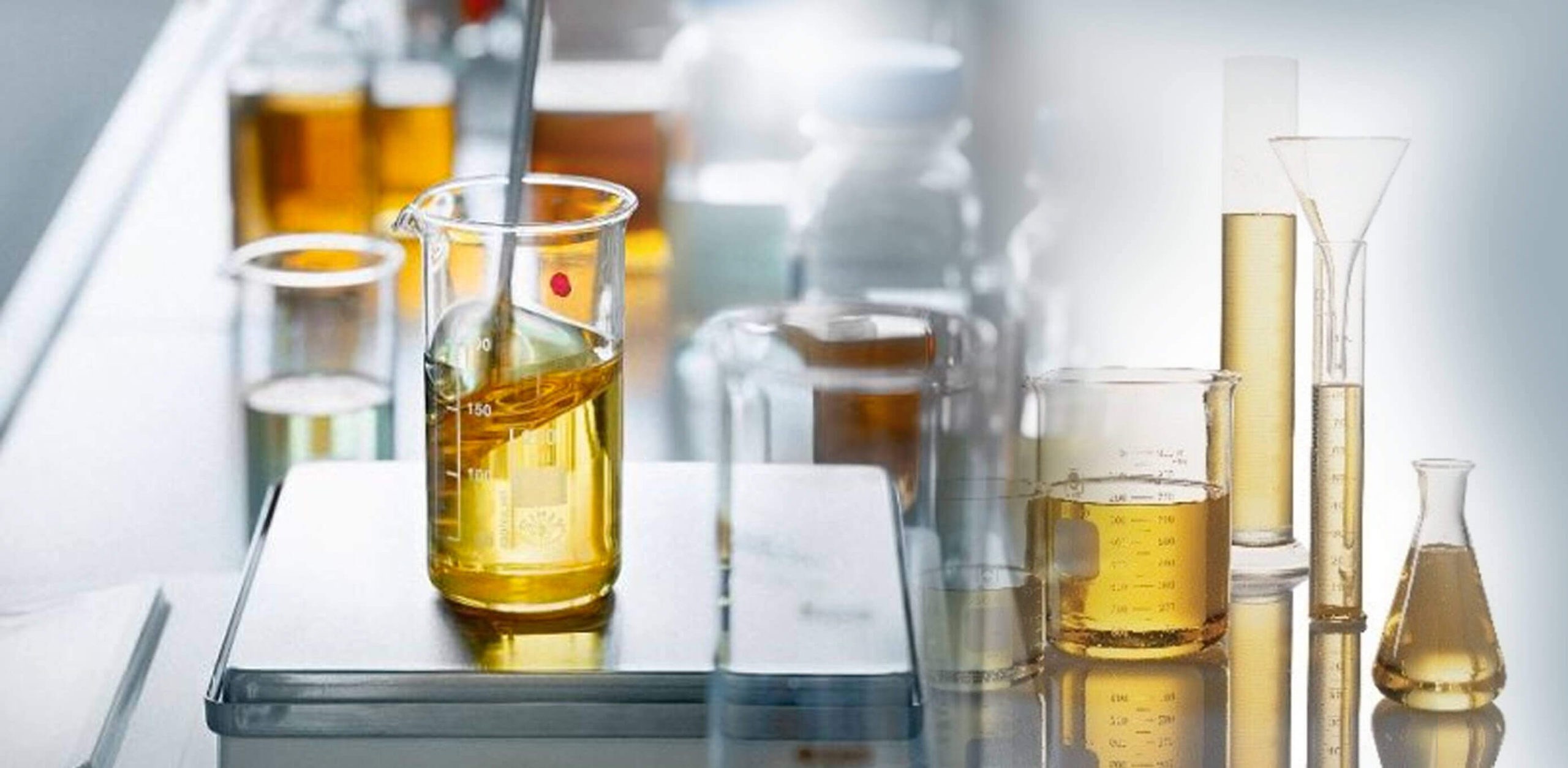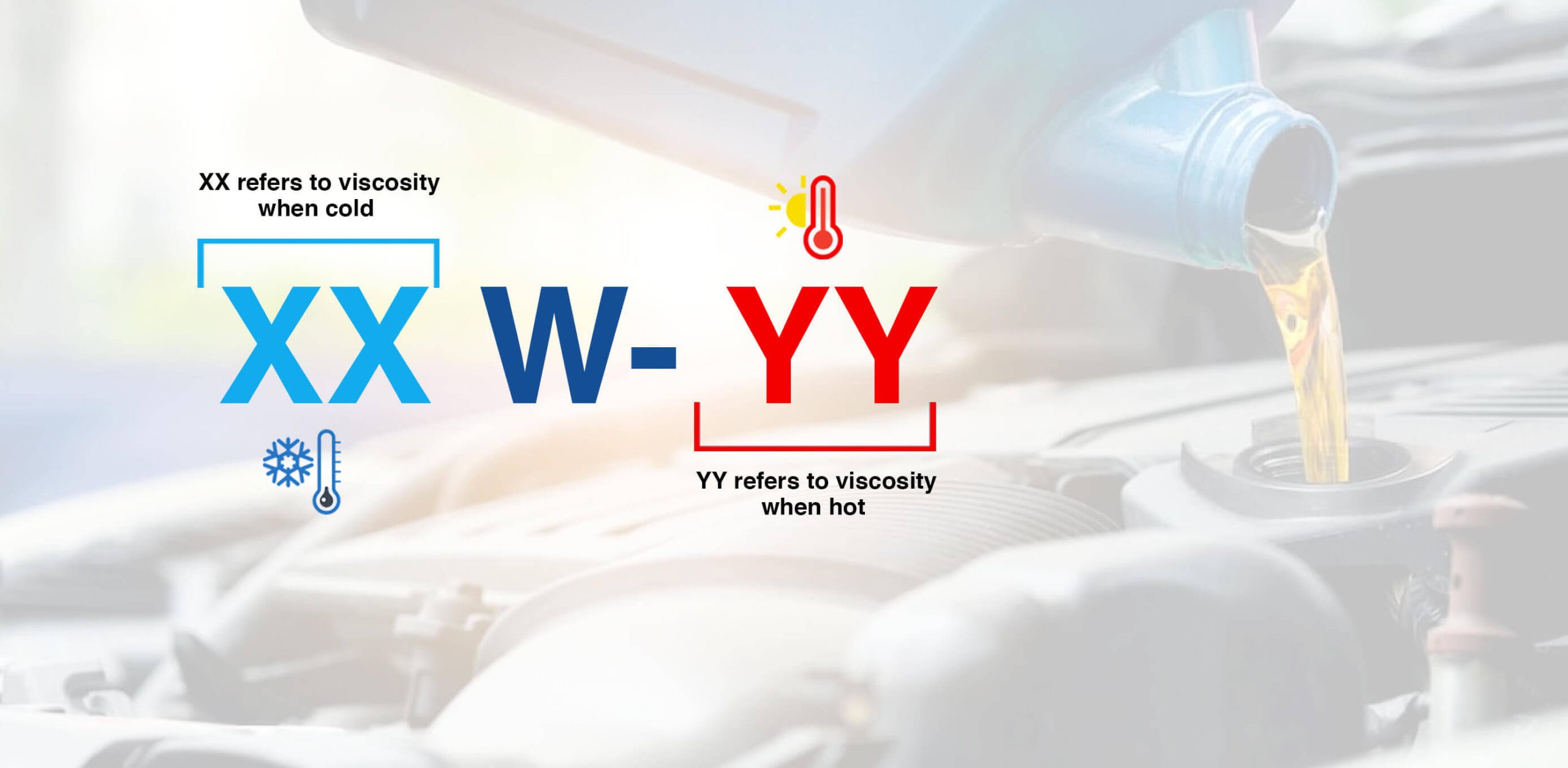Two New Engine Oil Grades Were Recently Introduced – SAE 8 and SAE 12. What Do These Grades Offer?

Introduced: New Engine Oil Grades?
Anyone who has ever purchased Engine oil has had to deal with SAE oil grades. These are the numbers and letters written on the oil bottle that denote its applicability for specific engine tolerances – SAE 30, or 5W20, for instance. However, the quest to produce vehicles that achieve higher fuel economy with a longer use life and less need for maintenance continues to drive innovation in the lubricant industry. To that end, two new engine oil grades were recently introduced – SAE 8 and SAE 12. What do these grades offer?
What Does SAE Mean?
SAE stands for the Society of Automotive Engineers. It is an international body, sometimes called SAE International, and is responsible for setting standards that automotive oil manufacturers must adhere to in product formulation.
Why New Engine Oil Grades?
Why were additional engine oil grades needed? Really, it comes down to the push for improved fuel economy and greater reliability within passenger vehicles. In order to achieve fuel economy improvements, higher technology engines with tighter tolerances are being designed and manufactured. Conventional grade motor oils are not well suited for these engines, so new oil types must be developed that offer low viscosity, combined with good high-temperature high-shear rate (HTHS) viscosity. This is necessary to reduce hydrodynamic friction between moving parts within the engine.

How Are SAE Grades Generally Assigned?
In the past, SAE motor oil grades were assigned in increments of 10. For instance, SAE 30 or SAE 50. When modern oil production capabilities came about and low-temperature performance was improved, this was added to the rating in increments of 5, combined with the W for winter. For instance, 0W20 or 10W30, 20W50, or 15W40. The problem with this naming/grading convention was that as oil was incrementally refined, it became possible that there would be significant overlap between various grades. The new grading/naming convention was conceived in order to help prevent this from happening. It actually debuted in 2013, with the release of SAE 16 grade motor oil.
SAE 8
SAE 8 grade engine oil has an HTHS dynamic viscosity of 1.7 mPa at 150 degrees Celsius, with a low-shear-rate minimum kinematic viscosity of 4.0 cSt and a maximum of less than 6.1 cSt at 100 degrees Celsius.
SAE 12
SAE 12 grade engine oil has an HTHS dynamic viscosity of 2.0 mPa at 150 degrees Celsius, combined with a low-shear-rate minimum kinematic viscosity of 5.0cSt and a maximum of less than 7.1 cSt at 100 degrees Celsius.
Can You Buy SAE 8 or 12 In Retail Stores?
The short answer to this question is no. There are currently no mass produced motor oils graded as SAE 8 or 12, or even SAE 16. Once these oils are being manufactured, they will also only be usable within engines that have tolerances requiring these newer oils. Using the wrong oil grade in an engine can be highly damaging.
Conclusion
While SAE 8 and 12 might not be available for consumers currently, they do mark another step along the evolution of engine oils and engine technology.
The future of engine oil is here with SAE 8 and 12. Learn about these new viscosity grades and their impact on the automotive industry. For high-quality high-performance lubricants designed for today’s and tomorrow’s vehicles, Armor Lubricants manufacturer in UAE is dedicated to staying ahead of industry trends and offer engine oil at the best price in uae to meet evolving needs.

